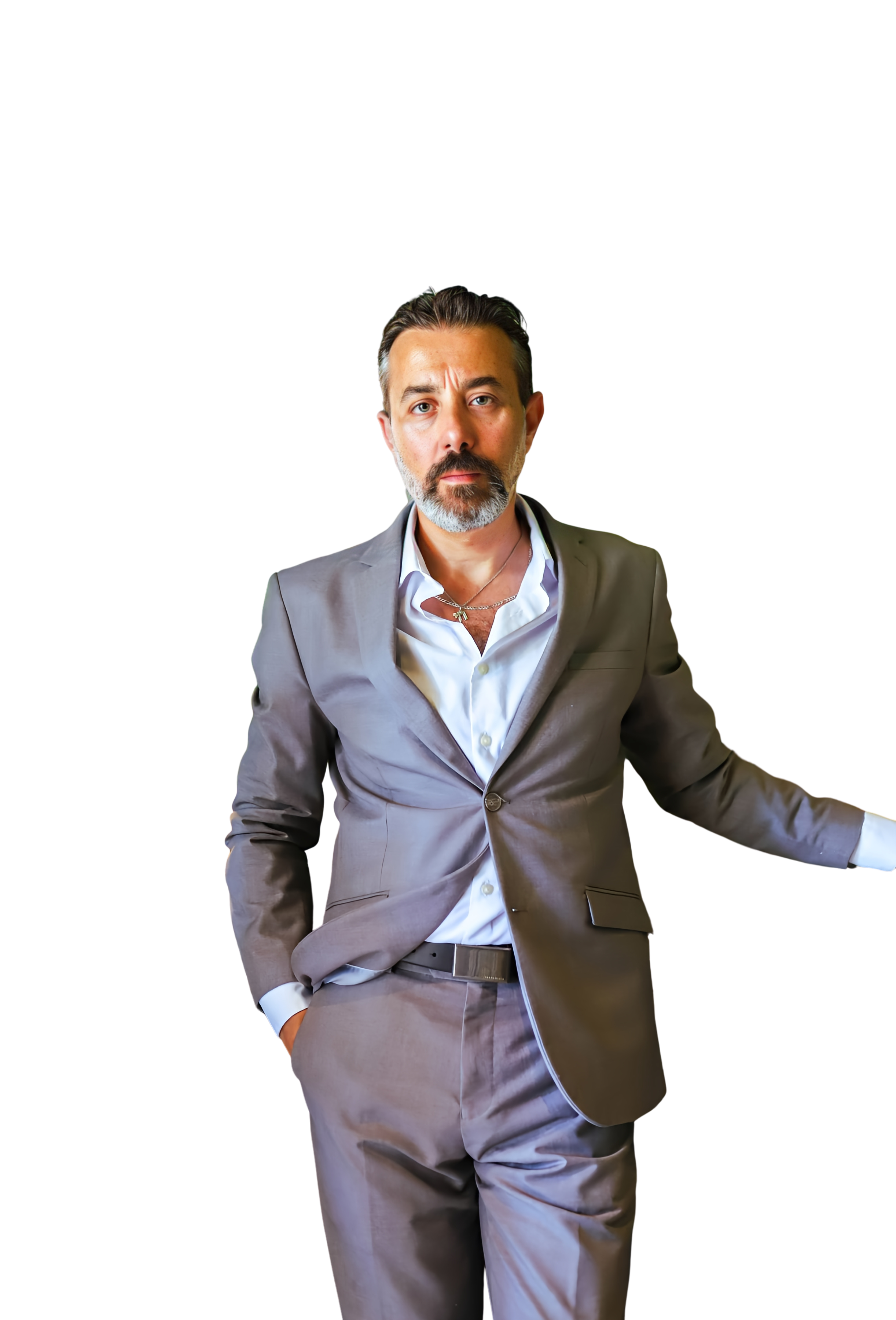How to Reprogram Your Mind for Unstoppable Confidence
- Ethan Starke
- Apr 1
- 4 min read
Updated: Jul 31
Confidence looks effortless from the outside. The person who walks into the room and owns it. The leader who speaks with conviction. The artist who puts their work into the world without flinching.
We assume they were born that way. Charismatic. Gifted. Wired differently.
But what if confidence isn’t something you’re born with? What if it’s something you can build—deliberately, strategically, and on demand?
In truth, confidence isn’t a trait. It’s a neurochemical state, a mental framework, and a skill that can be trained like anything else. And if you know how to reprogram the way you think, speak, and act—you can build a version of yourself that moves through life with unshakable inner certainty.

The Lie About Confidence
Most people wait for confidence to show up before they act. They think:
“I’ll speak up when I feel more sure.” “I’ll start when I believe in myself more.” “I’ll stop holding back once I feel ready.”
But the truth is, confidence doesn’t precede action—it follows it.
Confidence is not the absence of fear. It’s the decision to move anyway, paired with a memory of doing it successfully. In other words, confidence is built through evidence. And that evidence starts the moment you take a single step.
The biggest myth? That you need to “feel” confident to act. You don’t. You need to act in alignment with the identity of someone who would.
Case Study: Muhammad Ali’s Mental Blueprint
Muhammad Ali wasn’t just a legendary boxer—he was one of the greatest examples of self-programmed confidence the world has ever seen.
Before he was a champion, he declared it:
“I am the greatest. I said that even before I knew I was.”
He repeated it so many times it became a reality—not just in the minds of his opponents or the media, but in his own nervous system.
Ali understood what many people miss: The mind follows identity. And identity is shaped by language.
Every time he spoke about who he was becoming, he wasn’t just selling a story—he was installing it. He used mental repetition, emotional conviction, and environmental reinforcement to turn confidence from an idea into a state of being.
Ali didn’t wait for the world to believe in him. He believed first—and the world adjusted.
The Science of Self-Belief
In The Alter Ego Effect, performance coach Todd Herman explains that confidence can be “installed” by creating a mental identity framework—a persona that allows you to step into a more empowered version of yourself in high-stakes situations.
This isn’t about being fake. It’s about accessing parts of you that already exist but are often suppressed by fear, doubt, or overthinking.
Think of it like a psychological uniform. A tool. A deliberate mindset shift.
Your brain doesn't know the difference between who you are and who you consistently act like. If you act powerful, speak clearly, move intentionally—your physiology changes. And with it, your thoughts, your tone, and your presence.
How to Reprogram Confidence from the Inside Out
1. Create an Alter Identity
Think of a version of yourself who handles the moment with power. Not the future, perfect version of you—but the real, possible one who’s already inside.
Ask:
How would that version of me walk into the room?
What would they say? What wouldn’t they tolerate?
How do they handle challenge? Silence? Praise?
Give that version of you a name if it helps. A posture. A tone. A cue.
Then—step into it deliberately when it counts.
You don’t fake confidence. You borrow it from the version of you who already has it.
2. Practice Future Pacing
Before stepping into a challenging moment—interview, pitch, performance—close your eyes and visualize the version of yourself who already handled it well.
Walk through it mentally:
Hear your voice speaking clearly.
See the reactions of the room.
Feel the calm in your body as you own the space.
This practice, called future pacing, trains your nervous system to believe the experience is already familiar. That familiarity breeds ease. And ease breeds confidence.
3. Speak What You’re Becoming
Ali didn’t wait to be “the greatest” before saying it. He said it until it became real.
Your language shapes your identity. So speak like the person you’re becoming—not the one you’re trying to outgrow.
Stop saying:
“I’m terrible with public speaking.”
“I’m awkward in interviews.”
“I always choke under pressure.”
Start saying:
“I’m learning to own the room.”
“I show up better every time.”
“This is the moment I step into clarity.”
Even if it feels unnatural at first, language leads behavior.
4. Build Reference Points of Proof
Confidence is built through evidence. And that means tracking every time you do something aligned with power—even the small wins.
Did you speak up when it felt hard? Did you keep your word to yourself? Did you push through discomfort instead of shrinking?
Write it down. Log it. Anchor it.
These moments are bricks in the foundation of your self-trust. The more you collect them, the harder it becomes to believe the old lie: “I’m not that kind of person.”
Because now you have proof. And proof rewires everything.
Final Thoughts
You don’t need to “be confident” to begin. You need to begin as if you already are—and let the results catch up.
The people who walk into the room with presence didn’t wait until they were ready. They trained their minds, adjusted their posture, and repeated new truths until their body believed them.
Confidence is not a gift. It’s a muscle. And every time you use it, you make it harder to forget what you’re capable of.
So next time you feel the doubt rising, ask yourself:
What would the most powerful version of me do right now?
Then do that. Even if it’s uncomfortable. Especially if it is. Because that’s how confidence is built—not in your thoughts, but in your actions.




